The world of printing technology has witnessed a remarkable evolution over the past decade, with innovations pushing the boundaries of what was once thought possible. Among these advancements, aurora gradient printing technology stands out as a groundbreaking development that merges artistic expression with cutting-edge engineering. This technique, which allows for seamless color transitions and unparalleled visual depth, is rapidly gaining traction across industries ranging from packaging to high-end fashion.
At its core, aurora gradient printing relies on a sophisticated combination of specialized inks, precision nozzle arrays, and advanced software algorithms. Unlike traditional printing methods that struggle with smooth color blends, this technology achieves what experts describe as "liquid color transitions" – hues that flow into one another with the natural grace of a sunset sky. The name itself draws inspiration from the celestial phenomenon, as the printed results often mimic the ethereal beauty of the northern lights.
The implications for designers and brands are profound. Where previous limitations forced compromises in color schemes or required expensive post-processing, aurora gradient printing delivers photorealistic gradients in a single pass. Luxury cosmetic brands have been early adopters, using the technology to create packaging that appears to shift colors when viewed from different angles. One notable campaign featured limited-edition perfume bottles whose surfaces seemed to capture the changing hues of twilight, resulting in products that sold out within hours of launch.
Behind the scenes, the technology represents a triumph of interdisciplinary collaboration. Material scientists developed proprietary ink formulations with exceptional light-refracting properties, while software engineers created adaptive algorithms that adjust droplet placement in real-time based on substrate texture and environmental conditions. The printing hardware itself underwent multiple iterations before achieving the necessary precision – current systems can place droplets with micrometer accuracy while maintaining production speeds comparable to conventional industrial printers.
Environmental considerations have not been overlooked in this innovation. The water-based ink formulations meet stringent international safety standards and decompose significantly faster than traditional petroleum-based alternatives. Furthermore, the precision of the printing process reduces ink waste by an estimated 40-60% compared to conventional methods. Several manufacturers have reported that adopting aurora gradient technology allowed them to maintain vibrant color quality while dramatically reducing their environmental footprint – a rare combination in the printing industry.
As with any disruptive technology, challenges remain. The initial capital investment for industrial-scale systems remains substantial, though proponents argue that the reduction in secondary processing steps and material waste creates compelling long-term economics. Some traditional printers have expressed concerns about the learning curve associated with the new systems, though training programs developed by the technology's pioneers appear to be addressing this transition effectively.
The creative possibilities continue to expand as artists and designers explore the technology's potential. Recent experiments have produced astonishing results – from wallpaper that creates the illusion of depth through carefully crafted gradients, to automotive interiors that appear to change color based on lighting conditions. Architectural applications are particularly exciting, with facade treatments that respond dynamically to sunlight, creating buildings that seem to breathe with the changing daylight.
Looking ahead, industry analysts predict that aurora gradient printing will move beyond its current niche status as costs decrease and awareness grows. The technology's ability to create emotional connections through visual storytelling aligns perfectly with contemporary marketing strategies that prioritize sensory experiences. While it may never completely replace traditional printing methods, its unique capabilities ensure it will carve out an increasingly significant space in the visual communication landscape of tomorrow.
For businesses considering adoption, the decision involves more than just evaluating technical specifications. The true value lies in how this technology can transform products from ordinary to extraordinary, creating tangible differentiation in crowded markets. As one creative director remarked after implementing the technology, "We're not just printing colors anymore – we're printing emotions." This sentiment captures the essence of what makes aurora gradient printing not just another technical innovation, but a genuine artistic revolution in the making.
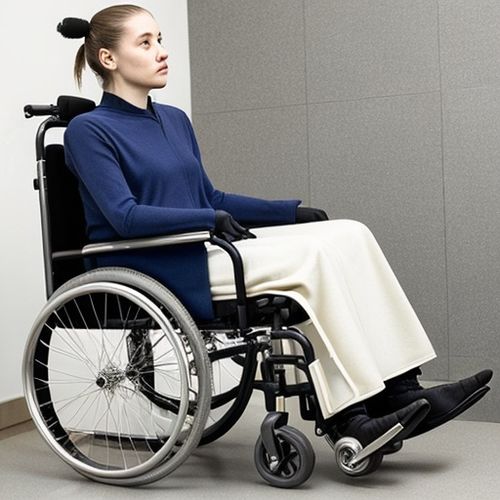
By Jessica Lee/Apr 27, 2025

By Laura Wilson/Apr 27, 2025

By Natalie Campbell/Apr 27, 2025

By Victoria Gonzalez/Apr 27, 2025
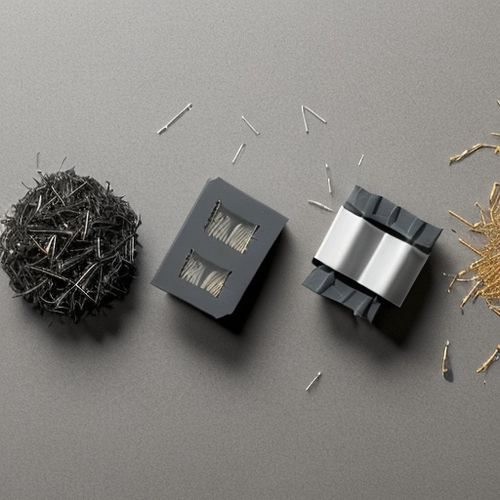
By Emma Thompson/Apr 27, 2025

By Emma Thompson/Apr 27, 2025
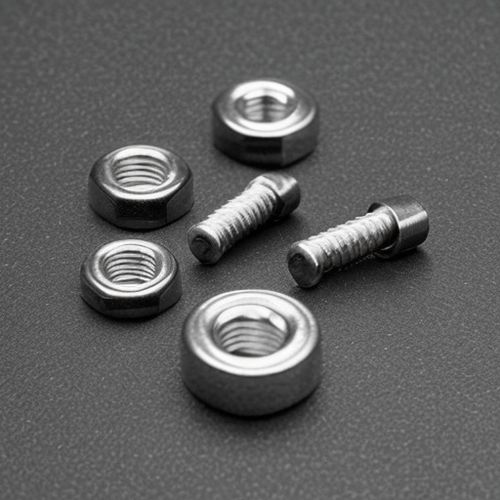
By George Bailey/Apr 27, 2025

By Sophia Lewis/Apr 27, 2025

By Rebecca Stewart/Apr 27, 2025
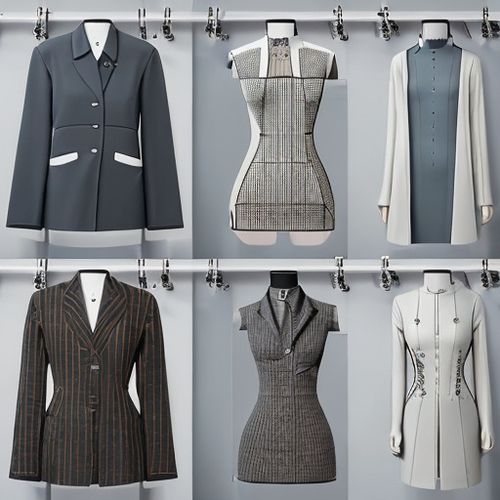
By Lily Simpson/Apr 27, 2025
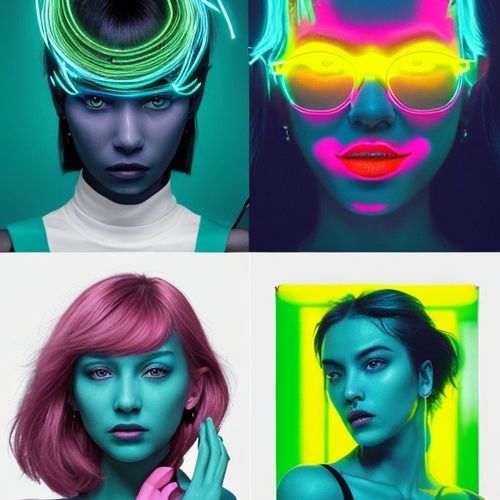
By John Smith/Apr 27, 2025

By Ryan Martin/Apr 27, 2025
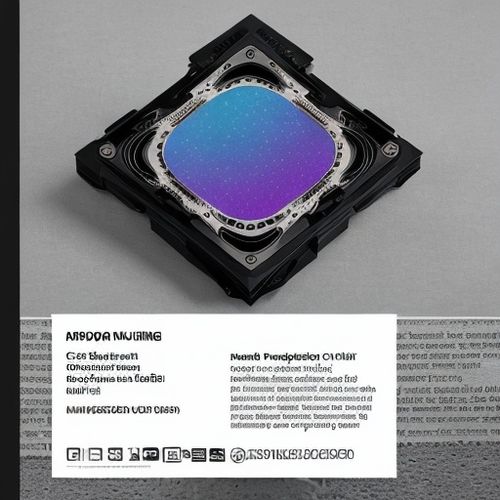
By Amanda Phillips/Apr 27, 2025
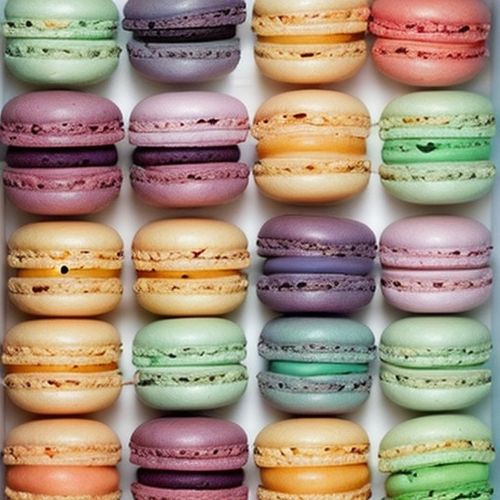
By Daniel Scott/Apr 27, 2025

By Thomas Roberts/Apr 27, 2025
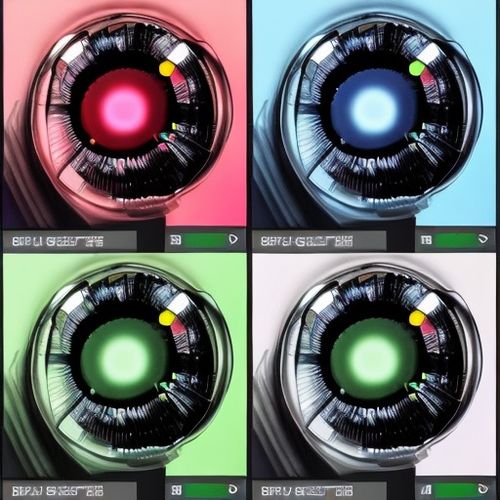
By Eric Ward/Apr 27, 2025
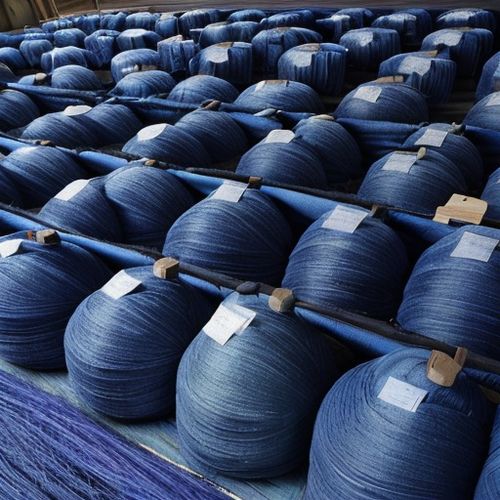
By Michael Brown/Apr 27, 2025
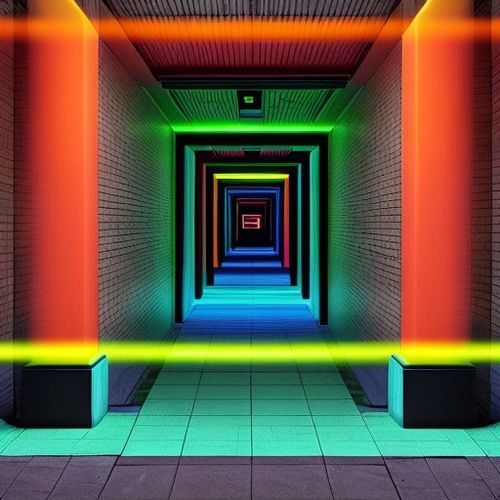
By Laura Wilson/Apr 27, 2025
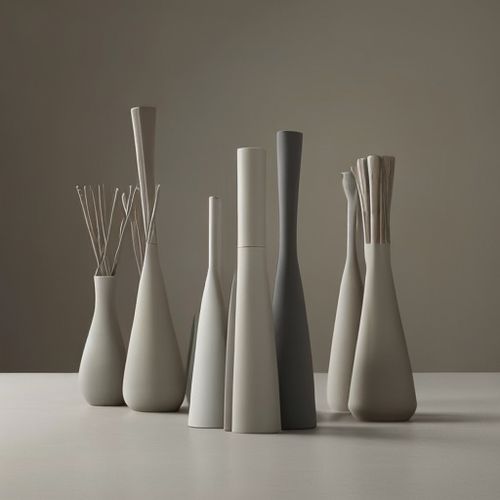
By David Anderson/Apr 27, 2025
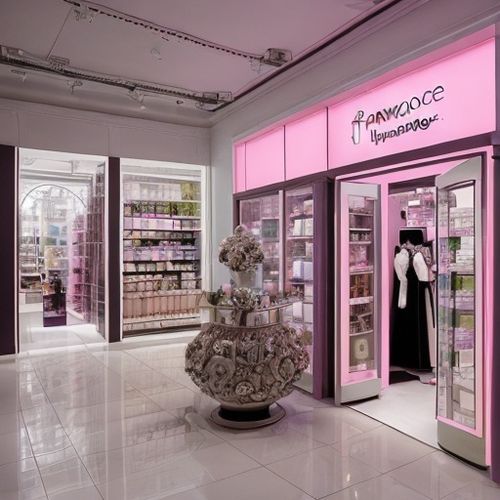
By Jessica Lee/Apr 27, 2025